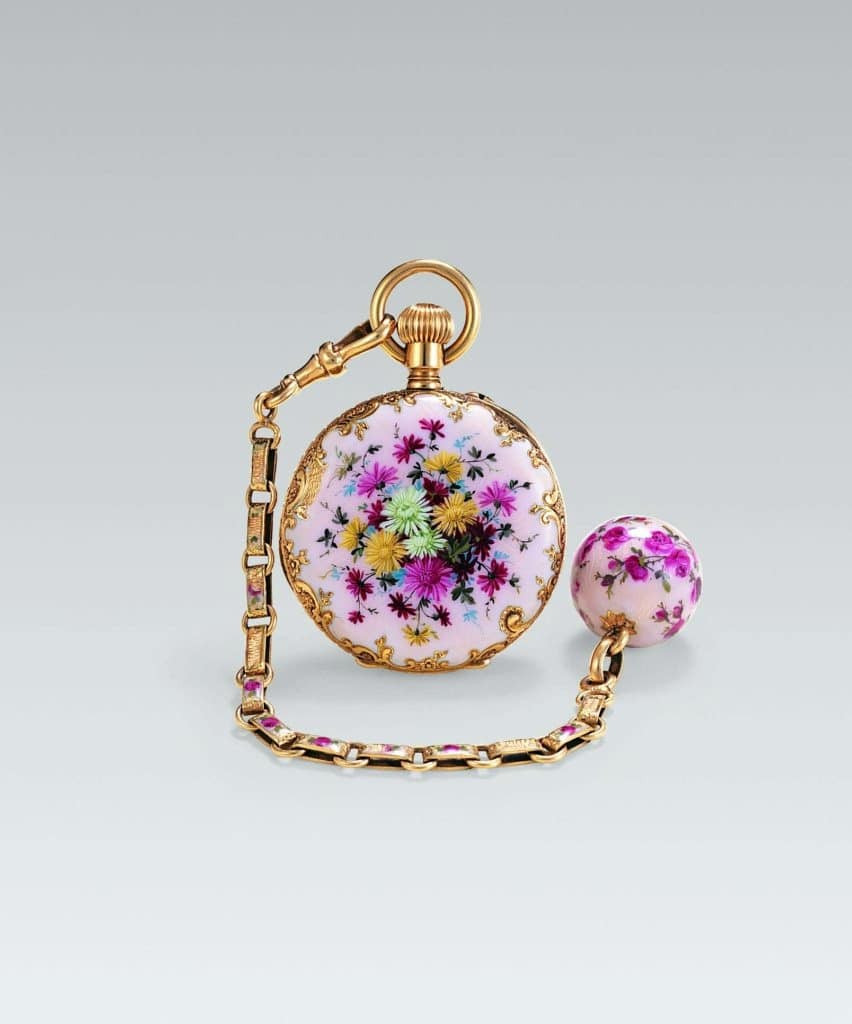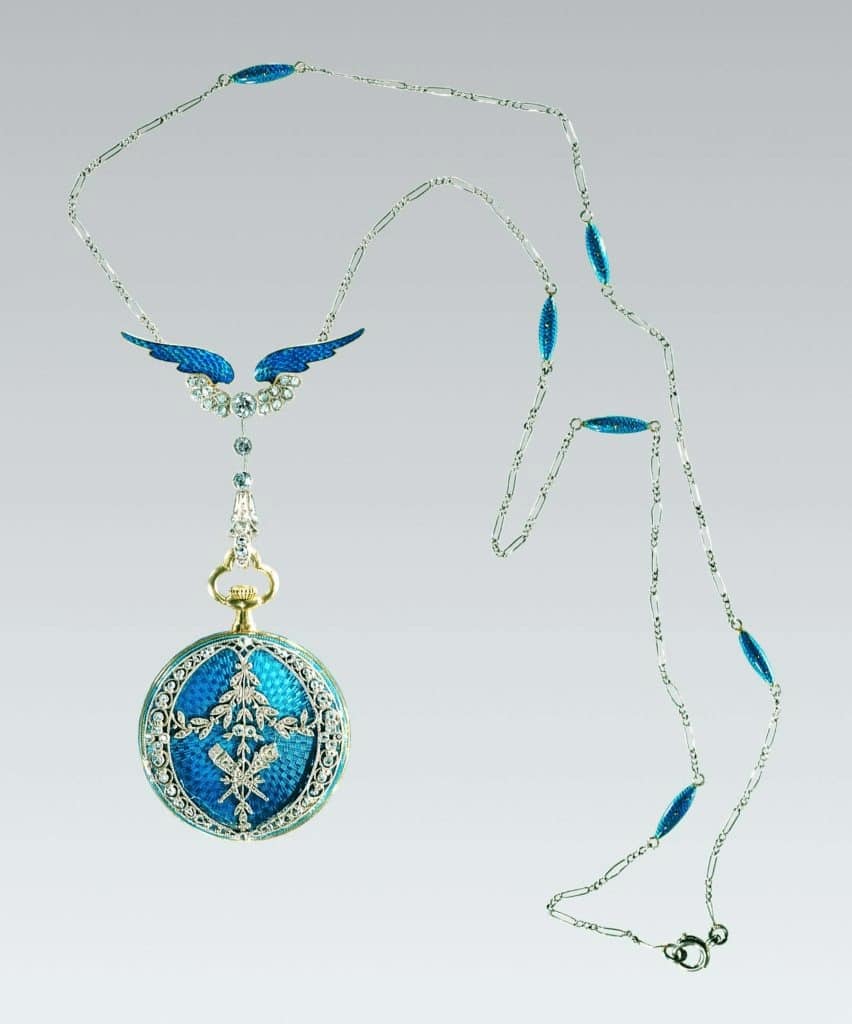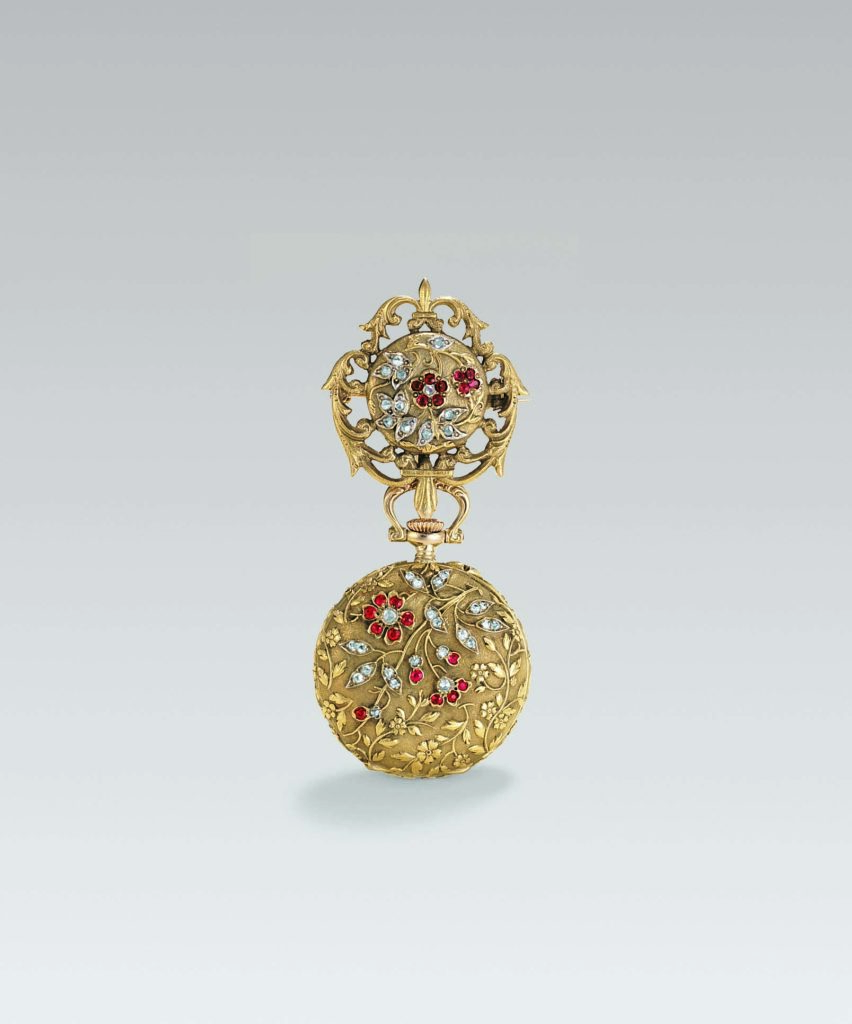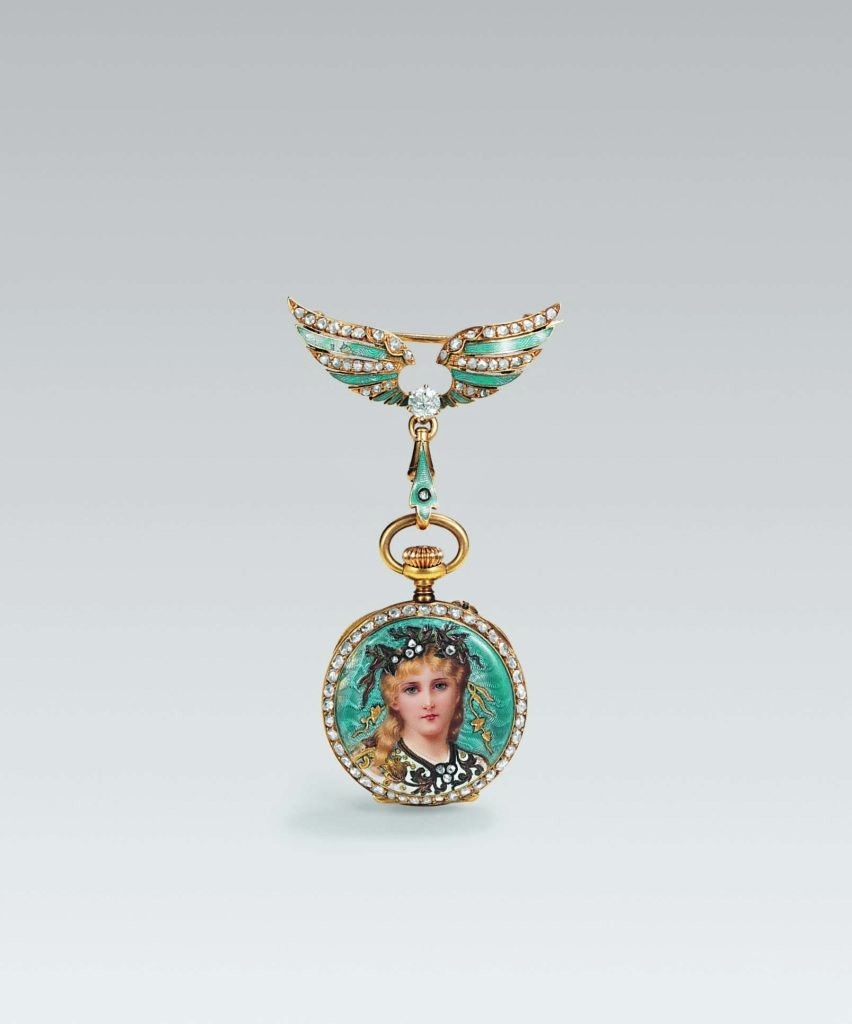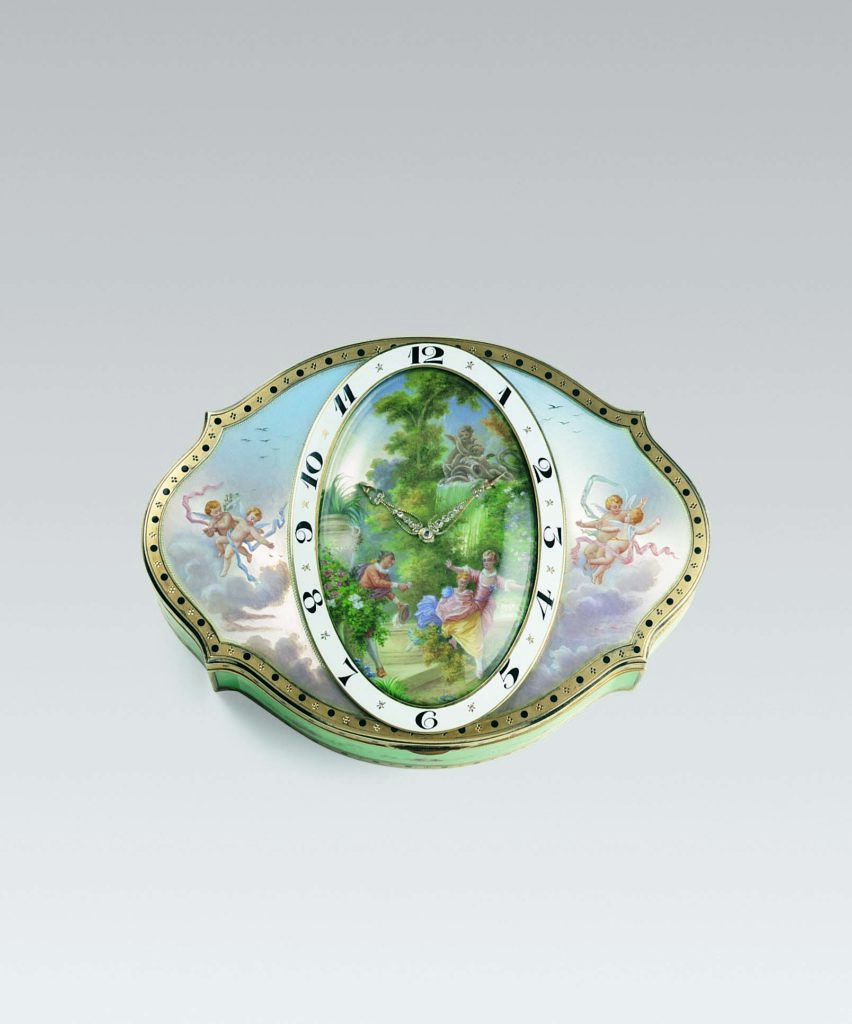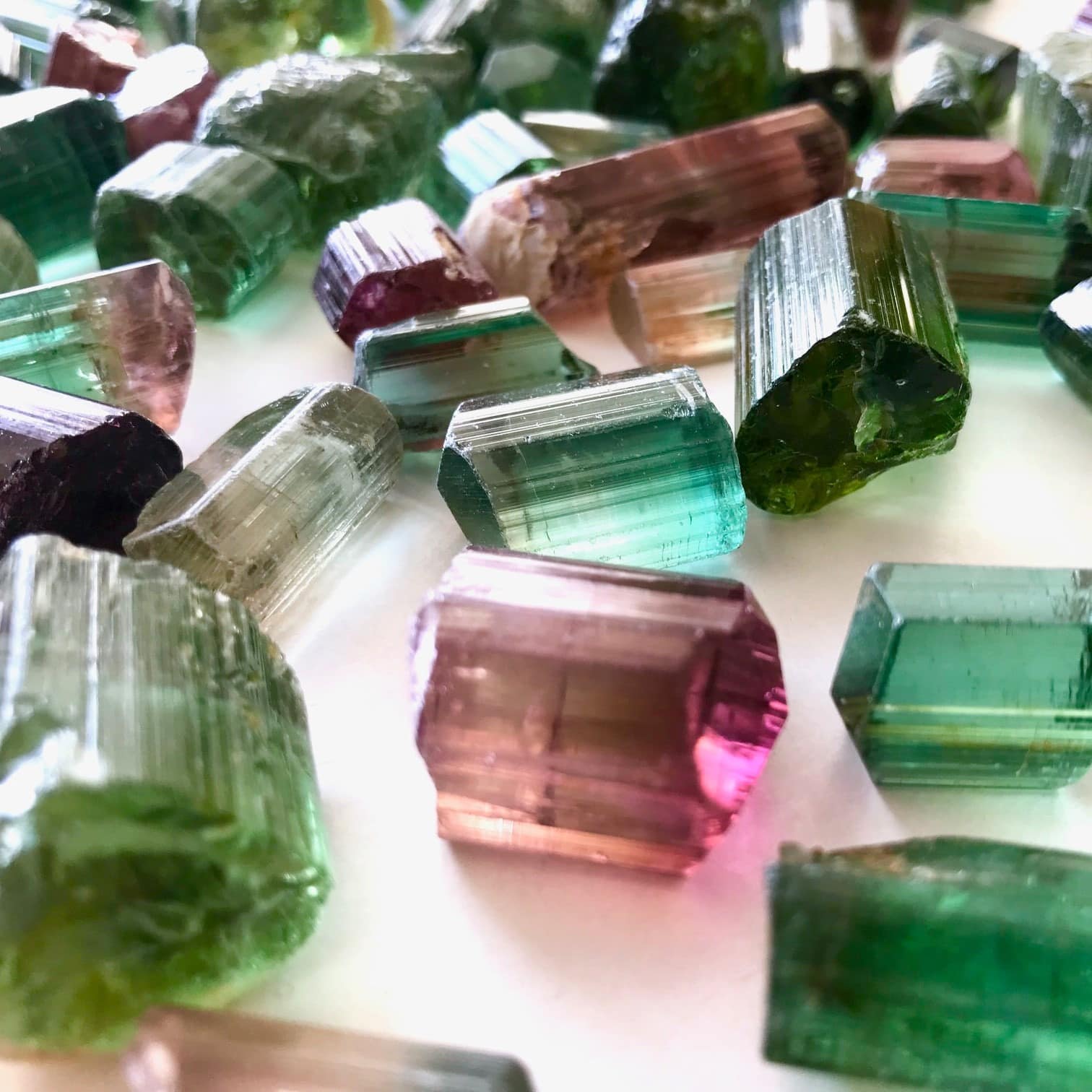A few years ago I discovered Golay Fils & Stahl. A quality, discreet company, I particularly enjoy discovering its selection of pieces when I go to Geneva. There’s no flashy communication here, just beautifully crafted jewellery, often with beautiful stories and signatures. As life goes on, I met Melissa Wolfgang Amenc, who represents the 6th generation of her family to work in the jewellery sector and the 3rd to take care of this fine Geneva business.
Last year, as our agendas coincided, I had the pleasure of discovering and admiring the family’s private collection of watches, which embodies the entire history of Golay Fils & Stahl. You’re guaranteed to be moved by the sublime timepieces on display. Especially as I had the privilege of being able to handle some remarkable objects. You’ve already met Melissa virtually, in her interview about the association she chairs – The Glitterati – but this time I wanted to ask her about her work and her company, and lift the veil on a company with a fine history.
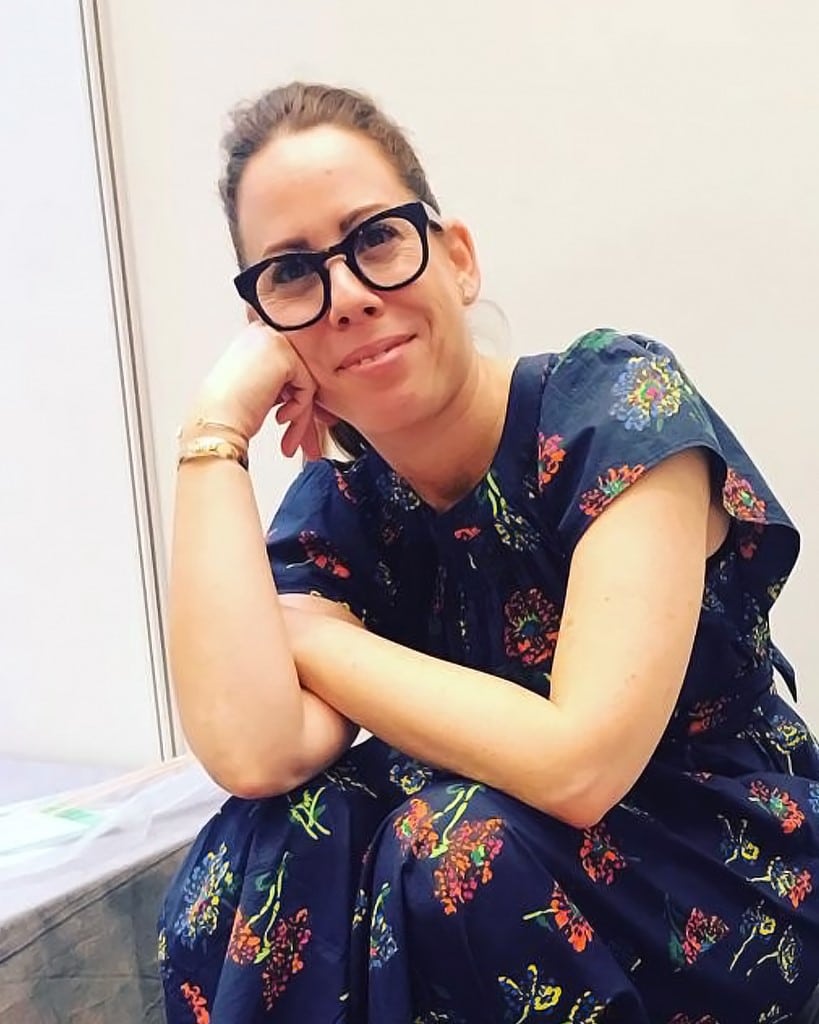
1 – What exactly is your role in the company?
I’m mainly involved in buying and selling precious stones, period jewellery and creating bespoke jewellery for my customers. I also look after the Golay Fils & Stahl museum, trade fairs and everything to do with marketing, the press, the website, etc.
2- What would be the best way to describe the company today if you had to define it in a few words?
Expertise, quality, tradition.
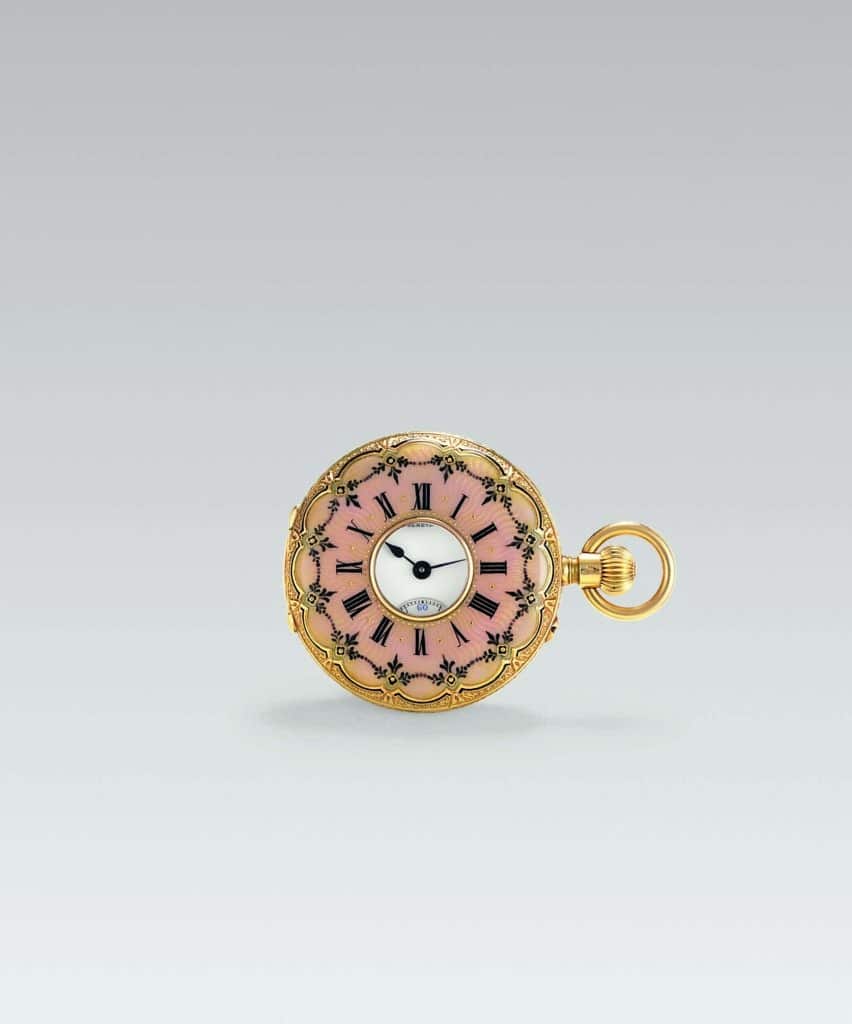
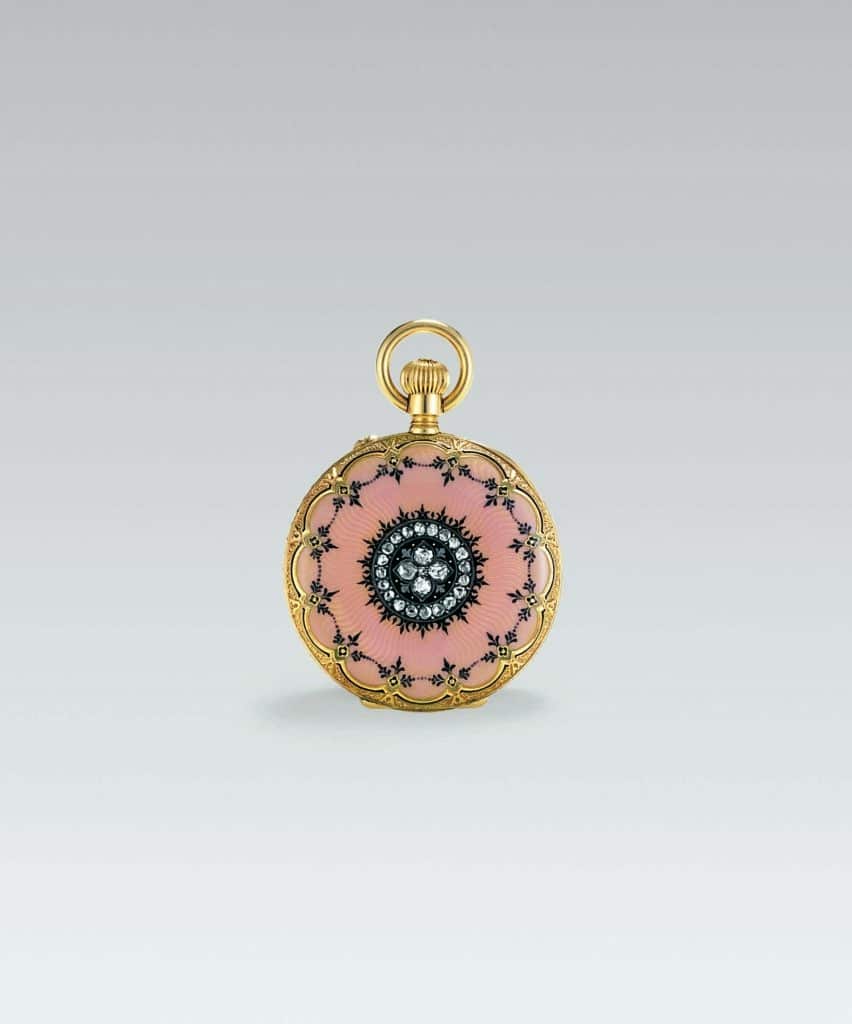
Ladies’ half-savonnette watch. A. Golay-Leresche & fils (Geneva, 1870-1895). Inv. GFS 10. Photo: GFS
3- How do you manage the legacy of a company that is almost two hundred years old? Isn’t it sometimes too heavy? Or, on the contrary, is it very exciting to play a part in keeping it going?
Heavy, no. On the contrary! I’m very proud of the history of our company, and it’s important to me that we keep it going. In addition to my role described above, I also look after our Golay Fils & Stahl museum, in other words, I look for and buy pieces, list them and add them to the collection. Today, the collection numbers no fewer than 200 pieces, most of which were made by us between 1837 and 1940.
We recently carried out a complete inventory with Sabine Kegel, a watchmaking expert, and it was a great pleasure not only to examine each piece, but also to do so with Sabine, who is a great connoisseur! It was a very enriching experience that gave me even more pleasure in admiring our collection every day!
4- How has the company evolved, or reinvented itself, over its long history?
The company has had the good fortune to live a very long life through several generations. Firstly on the Golay/Stahl side, but also on the Wolfgang side, which is quite rare. Exceptional watchmakers, jewellers to royal families, renowned shops with prestigious addresses in Paris and Geneva, among others, then dealers in precious stones, period jewellery and bespoke creations. Over the generations, we have succeeded in renewing and adapting ourselves to each era, and we continue to reinvent ourselves in order to be sustainable.
5- You have your own heritage department. How did this vocation come about, and how do you select the pieces that go into it?
Perhaps ‘department’ is a big word, because there are two of us who manage the collection: my father and me.
When he took over the company following his father’s death in 1976, there was a small collection of watches that probably dated back to the time when his father had bought the company… In 1978 my father was on 47th Street in New York and saw a Golay Leresche watch in a colleague’s window. It was then that he decided to expand the collection in order to enrich and perpetuate the history of our company. I continued this tradition when I started in 2000. I travelled a lot and the fairs were a great hunting ground for finding pieces to add to our little museum.
The criteria were relatively simple: the pieces had to be almost perfect and fit in with the rest of the collection. Unfortunately, we have had to turn down or give up several magnificent pieces because they had damaged enamel. Unfortunately, it is extremely difficult to restore enamel to its original condition, so we avoid pieces with major damage. We mainly buy what we find beautiful and pieces that trigger an emotion. In that respect, I think we’re particularly lucky!
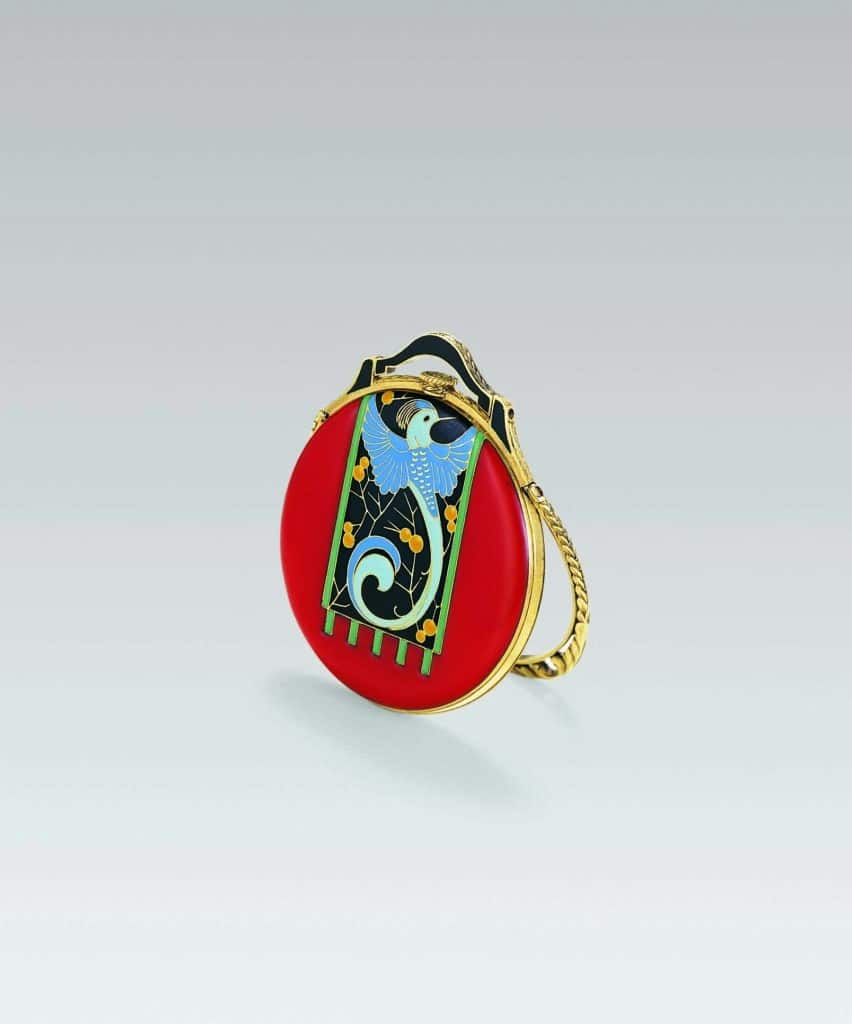
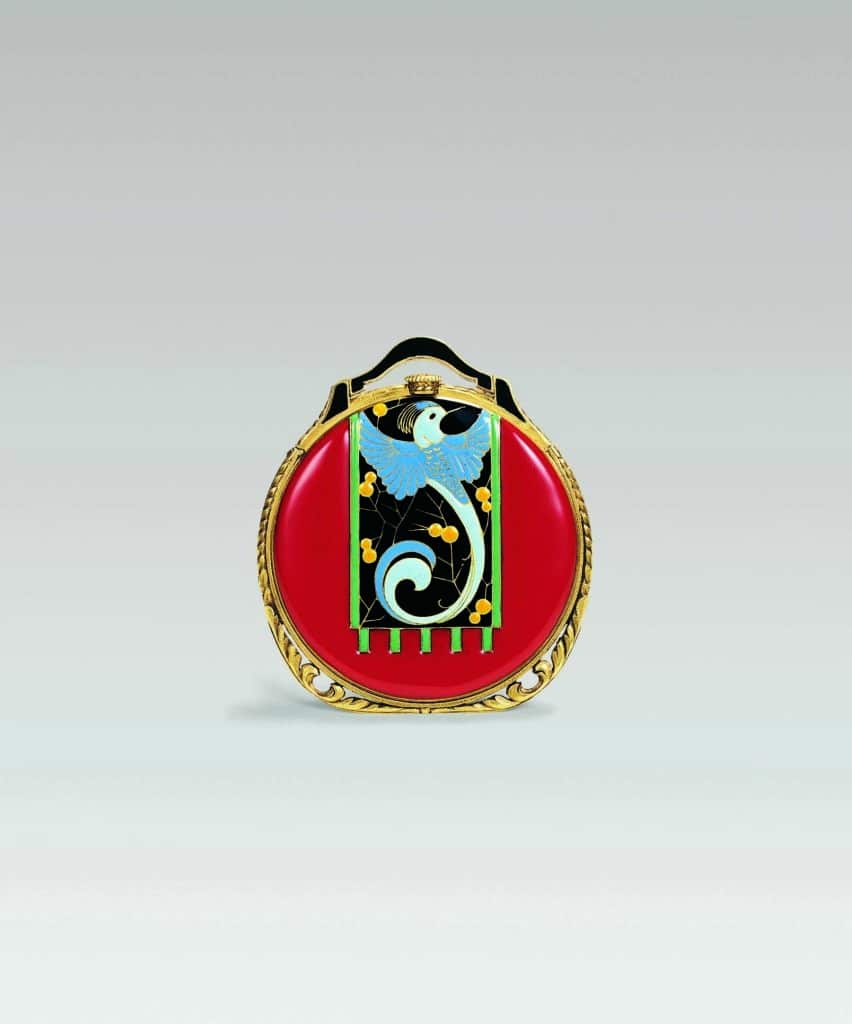
Pocket and bedside watch. Golay fils & Stahl (Geneva, 1896), between 1910 and 1930. INV GFS 54. Photo: GFS
6- When you say collection, I suppose you mean that you don’t sell these pieces? How do you value this collection?
Exactly, the pieces are not for sale. As in any collection, there are pieces that we paid a bit more for because we absolutely wanted them and others that we got a good price for. This creates a balance. Over almost 50 years of buying for this collection, it’s clear that there are pieces that are worth much more today and pieces that remain stable and whose price doesn’t really change.
The real value in a collection, and in this one too, lies in the pieces as a whole, not in each individual piece. The collection was the subject of a catalogue for the exhibition at the Musée d’Horlogerie in Geneva, to which we loaned the pieces in 2000. Just contact us to buy a copy.
7- Do you also buy jewellery made by your company?
We do buy some, but it’s not often. A piece of jewellery really has to have something special to make it part of the collection. We mainly look for timepieces.
8- What characterises a Golay piece today?
I don’t think we really have a “hallmark” for the pieces in our stock. What we like to buy are pieces that are beautiful, unique, charming, chic and so on. But these are obviously very subjective criteria. There are 4 of us buying and selling, we have different knowledge, tastes and attractions and our respective customers are also different.
The diversity of our rooms is the strength of the house and I think the result is quite successful! But on a more personal level, I prefer coloured stones and 1930-1970 jewellery. The most important criterion remains the quality of the materials and the workmanship.
9- How do you see the future for Golay?
Even though I try to have a long-term vision, like the generations that preceded me, I remain an instinctive person in a passionate profession. Nevertheless, I think that this instinctive side will enable me to be truly agile in the face of tomorrow’s challenges.
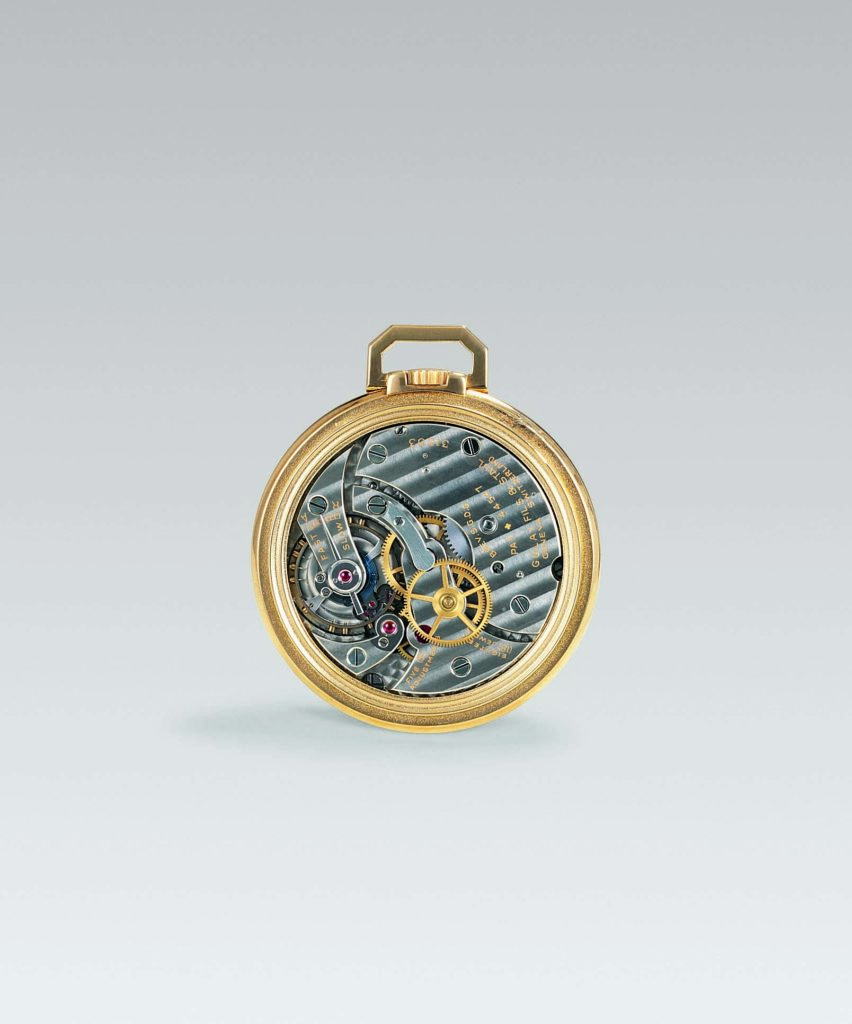

Universal time pocket watch, Golay fils & Stahl (Geneva, 1896). Louis Cottier (Carouge, 1894-1966), circa 1935. INV GFS 48. Photo: GFS
See you soon!

